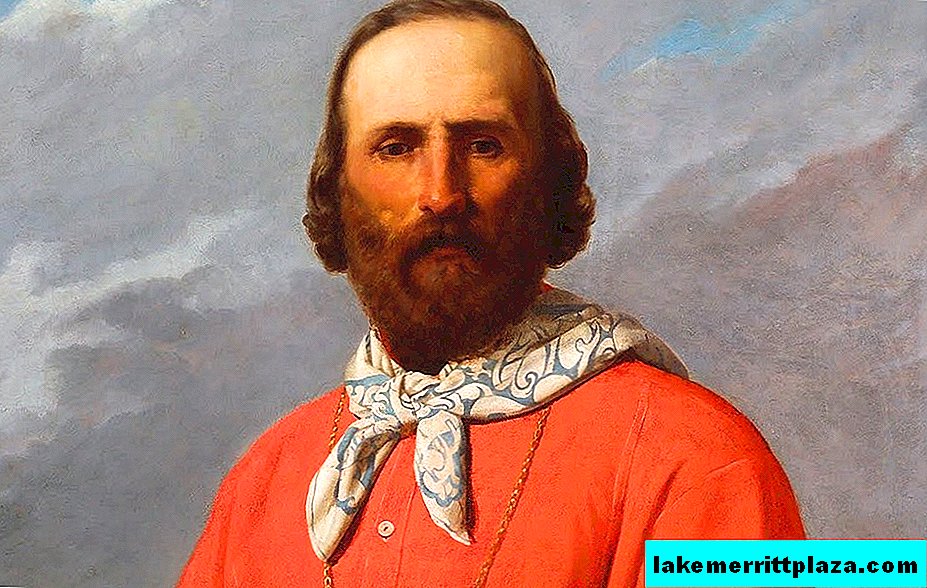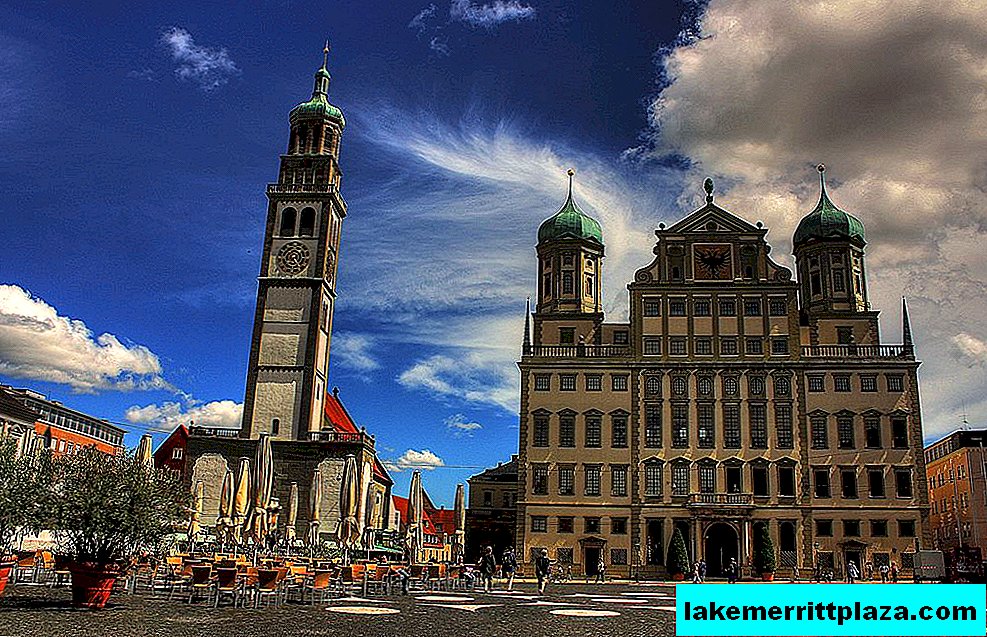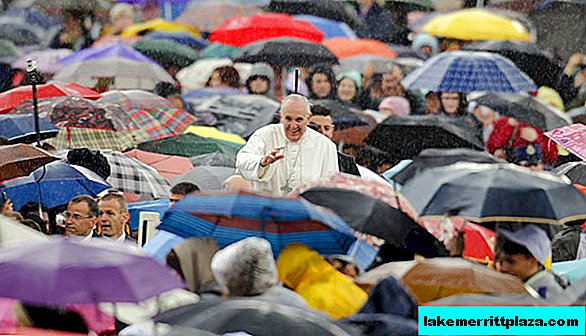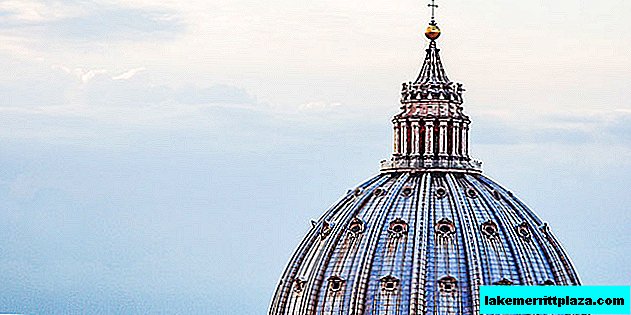Monterosso (Monterosso al Mare, Monterosso al Mare) - the largest city of the Cinque Terre National Park of Italy (Cinque Terre). Here is the largest sandy beach in the “Five Lands”, a giant statue of Neptune, the symbol of Monterosso - the Aurora tower, dividing the city into old and modern quarters, and many more interesting sights.

How to get there
You can take a train from Genoa to Monterosso: the travel time will be from 1 to 2 hours. Train timetables and ticket prices can be viewed on trenitalia.com.
We advise you to read the instructions: how to buy tickets for Italian trains on your own.
From Genoa Airport to Monterosso, there are regular bus services. If you wish, you can take a taxi - it will cost about 100 euros.
With other cities of Cinque Terre - Vernazze, Corniglia, Manarola, Riomaggiore - Monterosso is connected by hiking trails, but this is a travel option that is more suitable for a tourist walk when you want to enjoy the surroundings and take some pictures. For fast and comfortable movement between cities, trains or boats are more suitable. From the main city of the province - La Spezia - to Monterosso there are regular trains that stop in all the cities of the Cinque Terre.
Monterosso beach is called Fegina - the same as the new quarter of the city, connected to the old part by a tunnel 50 meters long. Fagin's beach is paid, you can rent a sunbed and a parasol on it for an amount of 5 to 10 euros. Nearby there is a free beach, but it is small, less well-maintained and therefore not recommended for recreation.

Monterosso Fagina Beach - clean, comfortable, spacious. Here, vacationers will find locker rooms, showers, toilets, cafes that serve delicious ice cream, can play football on a small playing field or take a walk along the main city promenade, which runs nearby.
Sights
Statue of neptune

Neptune or Giant (Nettuno, il Gigante) is called a statue of a giant with a height of 14 meters, which holds on its shoulders a vast area that previously served as a stage for dancing in the open. The giant is located as if he saddled a small rock; moreover, one gets the feeling that he is a single whole with this rock.
The statue of Neptune was created in 1910 by the architect Arrigo Minerbi. During the war, when Italy was subjected to powerful bombing, she suffered greatly: Neptune lost his hands and trident. Great damage was caused to him by a severe storm that happened in 1966. Now the Giant is partially restored, but its reconstruction is still not finished.
Aurora Tower
Aurora Tower (Aurora Torre) is one of the three surviving towers (originally there were 13), built in the VI century by the Genoese as part of the fortifications.

The Aurora Tower is a symbol of the city of Monterosso. Now it is privately owned, but you can climb up to its observation deck and see from the height of the ruins of an old castle, the vibrant multi-colored buildings of the modern city and the picturesque sea panorama.
Religious complex on the cliff of St. Christopher
The church of Francis of Assisi (Chiesa di San Francesco) and the monastery of the Order of the Capuchins (Convento dei Cappuccini) form a single religious complex, located on the rock of St. Christopher (Salita San Cristoforo) and built in 1622.

The monastery courtyard is decorated with a statue of St. Francis by sculptor Silvio Monforini. The Church of St. Francis contains art paintings on religious topics; among them - the painting "Crucifixion", which is attributed to the famous artist Anthony van Dyck (although some art historians believe that the painting was created by the imitator of the great master, who remained nameless in history).
Hotels
Monterosso hotels - and there are more than 50 of them in a small town - can offer tourists comfortable living conditions, regardless of budget. Among them there are luxurious palaces and modest guest houses, but their convenience, style and invariably friendly staff are able to help in almost any situation.
Hotel Villa Caribe
Villa Caribe is located at Via Padre Semeria 49, just 800 meters from the sandy beach, which ends with a statue of Neptune. It offers comfortable, clean, tastefully furnished rooms (some of which have balconies), free parking, a daily breakfast consisting of coffee, cereal and sweet pastries. All rooms are equipped with a bathroom, where there is everything you need, a TV, air conditioning. You can also use the kitchen. The cost of living per night in a double room is from 95 euros.
Affittacamere Monterosso 5 Terre Hotel
Affittacamere Monterosso 5 Terre (Via Gioberti 25) is just 5 minutes from the sea, and 15 minutes from Monterosso Station. It offers comfortable rooms, each with a private bathroom, a small bar with drinks, a TV, air conditioning and a work desk. True, free internet is not provided in the hotel. Accommodation in a double room will cost from 140 euros per night.
Hotel La Serra Sul Mare
La Serra Sul Mare Hotel is located near the historic city center, at Località Serra 1. The hotel rooms have TVs, bathrooms, air conditioning and other things necessary for a comfortable stay; Each room has a balcony or patio. There is also a beautiful garden and terrace where you can relax on a sun lounger. It also provides a free shuttle service to the city center. You can rent a double room for the amount of about 210 euros per night.








